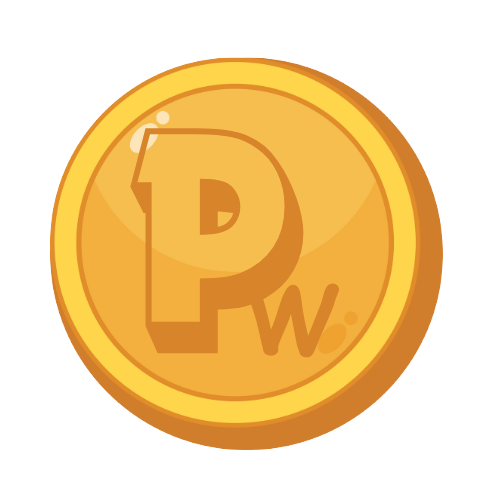📑 Table of Contents
What Is Financial Independence?
Financial independence means having enough assets and passive income to cover all your living expenses indefinitely—without relying on employment. In other words, your investments work so you don’t have to.
Definition:
Financial independence = Your investments and passive income exceed your living costs.
This concept has inspired millions to rethink their approach to money, work, and life.
Why Financial Independence Matters
Financial independence isn’t just about early retirement—it’s about freedom, flexibility, and security in an uncertain world. Here’s why more people are pursuing it:
✅ Rising living costs make traditional retirement riskier.
✅ Remote work enables location independence.
✅ Many value their time more than ever.
When you achieve financial independence, you can:
-
Leave a job you dislike.
-
Spend more time with loved ones.
-
Travel without worrying about paychecks.
-
Focus on projects that fulfill you.
3 Pillars of Financial Independence
To achieve FI, you need a strategy built on these three pillars:
1️⃣ Multiple Income Streams
Passive income is the fuel for FI:
-
Dividends: Regular income from stocks.
-
Rental Income: Cash flow from property.
-
Royalties: Earnings from books or courses.
-
Business Revenue: Profits from systems you don’t actively manage.
2️⃣ Expense Management
Reducing your cost of living speeds up your timeline to independence.
Tip: Track every expense for 90 days to uncover hidden waste.
3️⃣ Building Net Worth
Your assets are your engine of independence:
-
Stock portfolios
-
Retirement accounts
-
Cash reserves
The bigger your net worth, the more freedom you have.
The Financial Independence Spectrum
There are many paths to FI. Here are the most popular:
-
Lean FI: Living simply and spending very little.
-
Fat FI: Retaining a higher standard of living.
-
Coast FI: Saving aggressively early so investments grow on autopilot.
-
Barista FI: Covering most expenses with assets and supplementing with part-time work.
-
FIRE: Financial Independence, Retire Early.
Your path depends on your goals and lifestyle choices.
How to Achieve Financial Independence
Here’s a step-by-step plan you can start today:
-
Define Your Freedom Number
Use the 25x rule:
Annual expenses x 25 = Your target net worth.
<br>Example: $40,000/year x 25 = $1 million. -
Increase Your Income
-
Upskill to earn more.
-
Start a side hustle.
-
Consider freelance or consulting work.
-
-
Save Aggressively
Aim to save 50–70% of your income if possible. -
Invest Consistently
Automate contributions to index funds, retirement accounts, and real estate. -
Eliminate High-Interest Debt
Pay off credit cards and personal loans first. -
Review Progress Quarterly
Adjust your plan as life changes.
Common Myths
✅ Myth: You must be wealthy to start.
Truth: Many middle-income earners achieve FI with discipline.
✅ Myth: You’ll be bored without work.
Truth: Most people discover hobbies, purpose, and passions.
✅ Myth: It takes 40 years.
Truth: With a high savings rate, many achieve FI in 10–15 years.
Real-Life Success Stories
Kristy Shen & Bryce Leung: Retired in their early 30s through aggressive saving and investing.
Mr. Money Mustache: Saved 70% of his income and reached FI at 30.
JL Collins: Author of The Simple Path to Wealth, showing ordinary people how to invest simply.
Conclusion & Next Steps
FI is not just a dream—it’s a plan you can start today. Whether you want to retire early, travel the world, or simply live on your own terms, the journey begins with one step:
✅ Calculate your freedom number.
✅ Track your spending.
✅ Start building passive income streams.
Question for You:
👉 What’s your biggest challenge in becoming financially independent?
Comment below or share this guide with a friend who needs inspiration.
FAQs
How long does it take to achieve financial independence?
With a high savings rate and smart investing, many reach FI in 10–20 years.
What is the 4% rule?
It suggests you can safely withdraw 4% of your portfolio each year to cover expenses in retirement.

